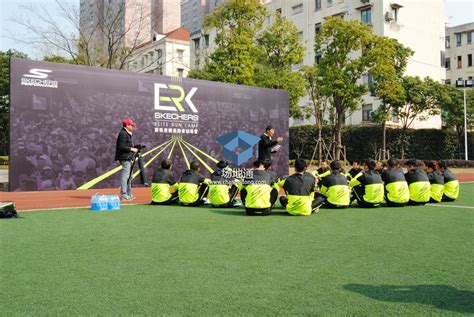### Maximizing Performance: Training Strategies for Elite Athletes
Elite athletes are those who consistently perform at the highest levels of their respective sports. Achieving and maintaining such excellence requires not only natural talent but also meticulous training regimens tailored to individual needs. In this guide, we'll explore the essential components of training for elite athletes across various disciplines, focusing on strategies to enhance performance and minimize the risk of injuries.
#### 1. **Individualized Training Programs**
- **Assessment:** Each athlete has unique strengths, weaknesses, and physiological characteristics. Conduct comprehensive assessments including physical, physiological, and psychological evaluations to identify specific needs.
- **Customization:** Design training programs tailored to the athlete's goals, sport requirements, injury history, and performance metrics. Utilize periodization to vary intensity, volume, and focus throughout the training cycle.
#### 2. **Physical Conditioning**
- **Strength Training:** Develop a strength training program targeting sport-specific muscle groups and movement patterns. Incorporate compound exercises, plyometrics, and functional movements to improve power, speed, and agility.
- **Cardiovascular Fitness:** Implement aerobic and anaerobic conditioning drills to enhance endurance and recovery. Interval training, fartlek runs, and sport-specific conditioning drills are effective methods.
#### 3. **Skill Development**
- **Technical Training:** Allocate time for skill refinement and mastery. Break down complex skills into progressive drills, focusing on precision, timing, and consistency. Utilize video analysis and feedback mechanisms to identify areas for improvement.
- **Tactical Training:** Enhance decision-making, game intelligence, and situational awareness through simulated game scenarios, strategic discussions, and opponent analysis.
#### 4. **Nutrition and Hydration**
- **Fueling Strategies:** Optimize nutrient intake to support training demands, recovery, and performance. Emphasize a well-balanced diet rich in carbohydrates, proteins, healthy fats, vitamins, and minerals.
- **Hydration:** Maintain proper hydration levels before, during, and after training sessions and competitions. Develop personalized hydration plans considering sweat rate, environmental conditions, and electrolyte balance.
#### 5. **Recovery and Regeneration**
- **Sleep:** Prioritize sufficient and quality sleep to facilitate physical recovery, hormone regulation, and cognitive function. Establish pre-sleep routines and sleep hygiene practices to optimize sleep duration and quality.
- **Active Recovery:** Incorporate active recovery techniques such as foam rolling, massage, yoga, and low-intensity workouts to reduce muscle soreness, improve flexibility, and promote blood circulation.
- **Periodic Rest:** Schedule periodic rest days and recovery weeks within training cycles to prevent overtraining, fatigue, and burnout. Monitor performance metrics and subjective indicators of fatigue to adjust training intensity accordingly.
#### 6. **Injury Prevention and Rehabilitation**
- **Prehabilitation:** Integrate injury prevention exercises targeting vulnerable areas and imbalances identified during assessments. Emphasize core stability, mobility, and proprioception to enhance joint integrity and movement efficiency.
- **Rehabilitation:** Implement structured rehabilitation protocols for athletes recovering from injuries. Collaborate with sports medicine professionals to ensure safe return-to-play timelines and minimize the risk of re-injury.
#### 7. **Mental Conditioning**
- **Mindset Training:** Cultivate a resilient and growth-oriented mindset to navigate challenges, setbacks, and pressure situations. Practice visualization, goal-setting, and positive self-talk to enhance confidence and focus.
- **Stress Management:** Equip athletes with coping strategies to manage stress, anxiety, and performance-related pressure effectively. Encourage mindfulness, relaxation techniques, and mental imagery to promote emotional balance and mental clarity.
#### 8. **Monitoring and Evaluation**
- **Performance Metrics:** Utilize objective performance metrics (e.g., speed, power, endurance) and subjective feedback from athletes to track progress and adjust training interventions.
- **Biometric Monitoring:** Leverage wearable technology and biometric monitoring tools to gather real-time data on physiological responses to training and competition. Analyze trends to optimize training strategies and minimize the risk of overtraining or under-recovery.
#### Conclusion
Training elite athletes requires a multidimensional approach that integrates physical conditioning, skill development, nutrition, recovery, injury prevention, mental conditioning, and performance monitoring. By implementing personalized training programs and employing evidence-based strategies, coaches and athletes can maximize performance potential while minimizing the risk of injuries and setbacks. Continuous evaluation and adaptation are key to staying at the forefront of athletic excellence in today's competitive landscape.
**Remember:** Elite performance is not just about talent—it's about the consistent application of effective training strategies and the relentless pursuit of improvement.

